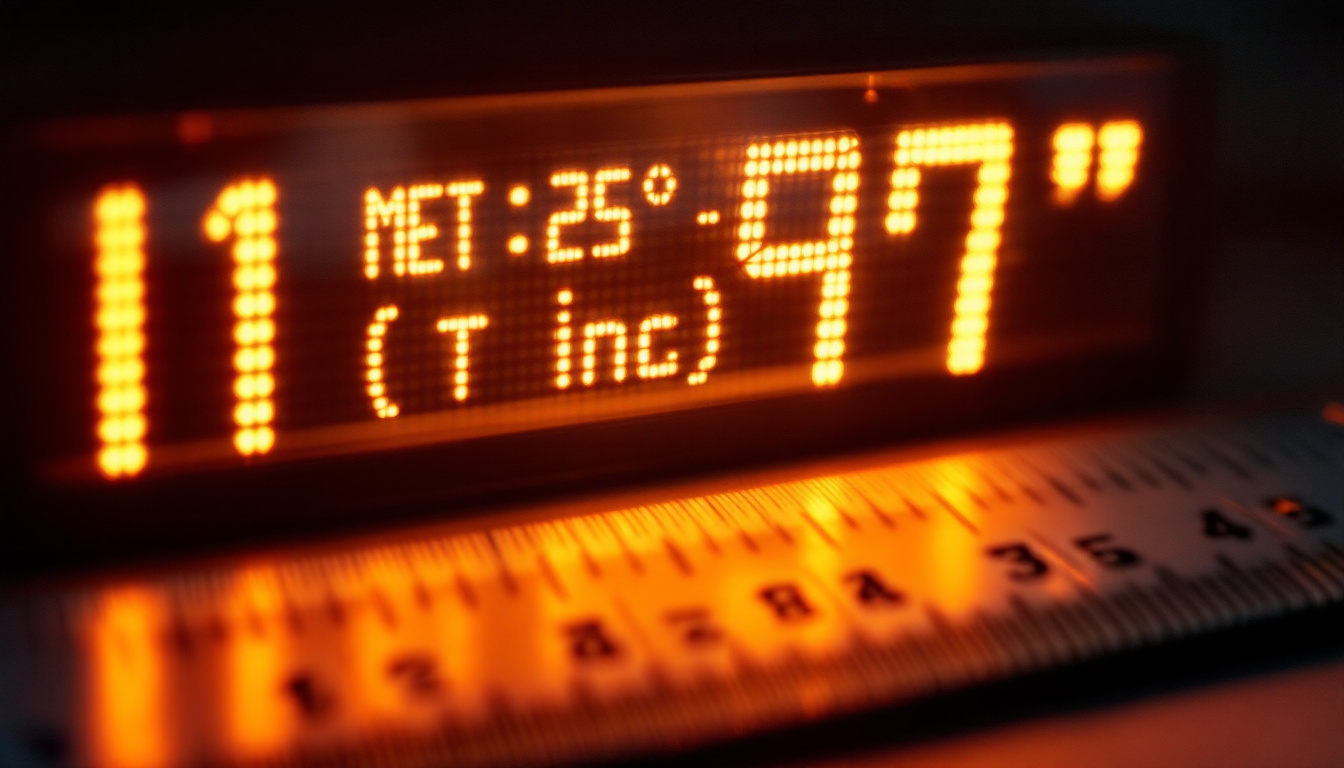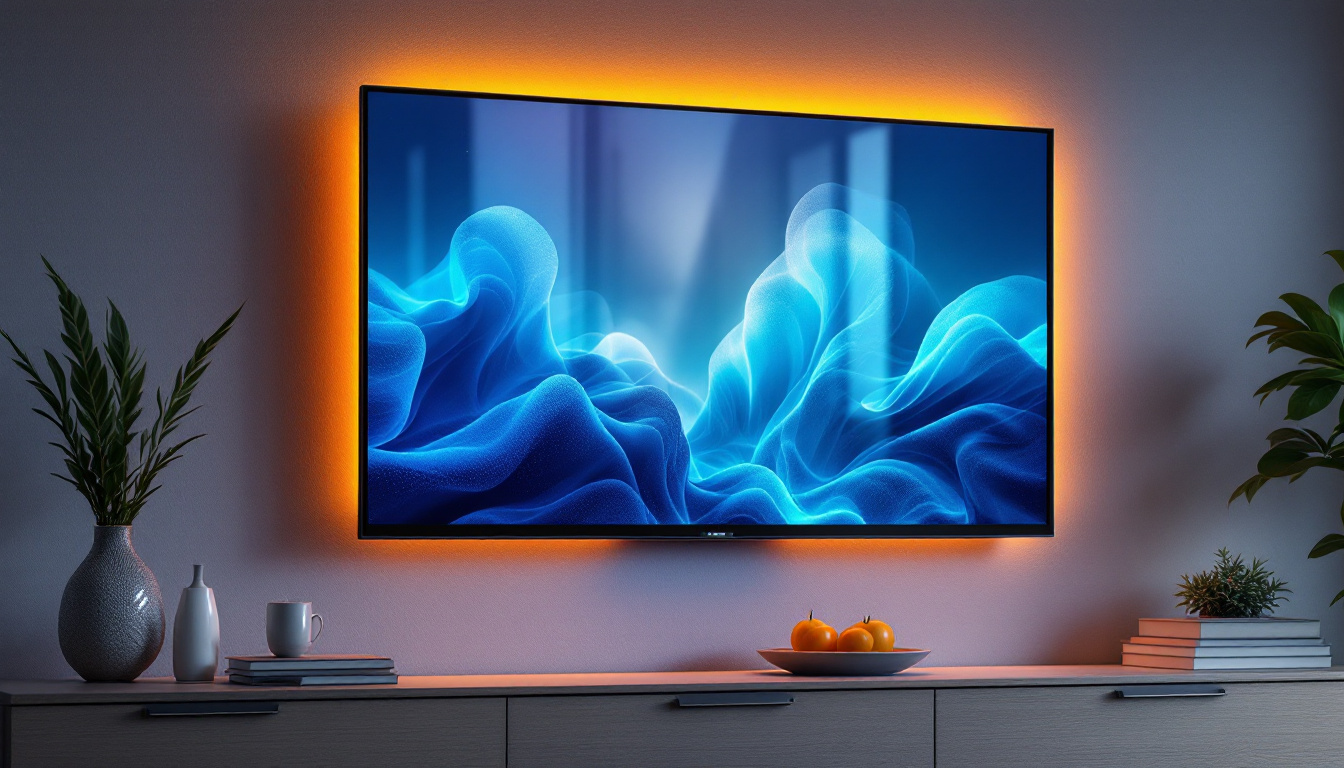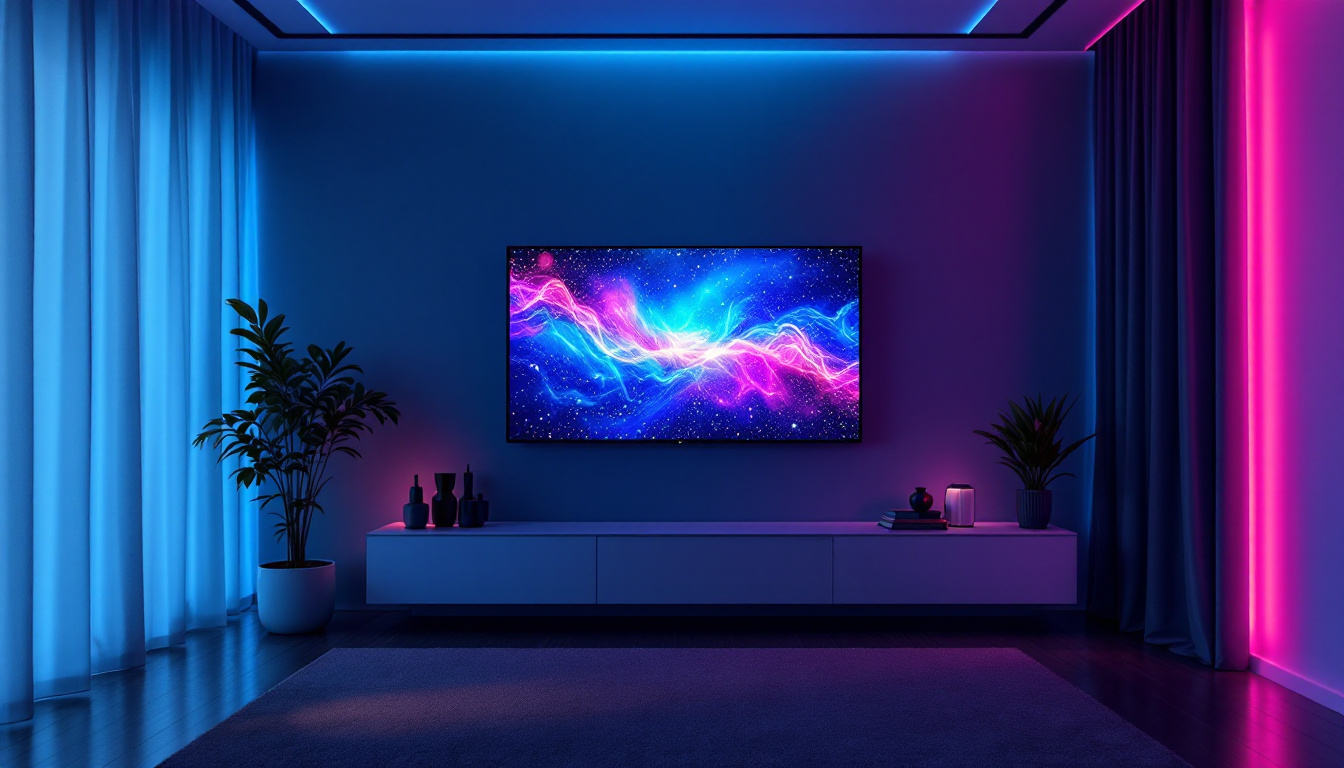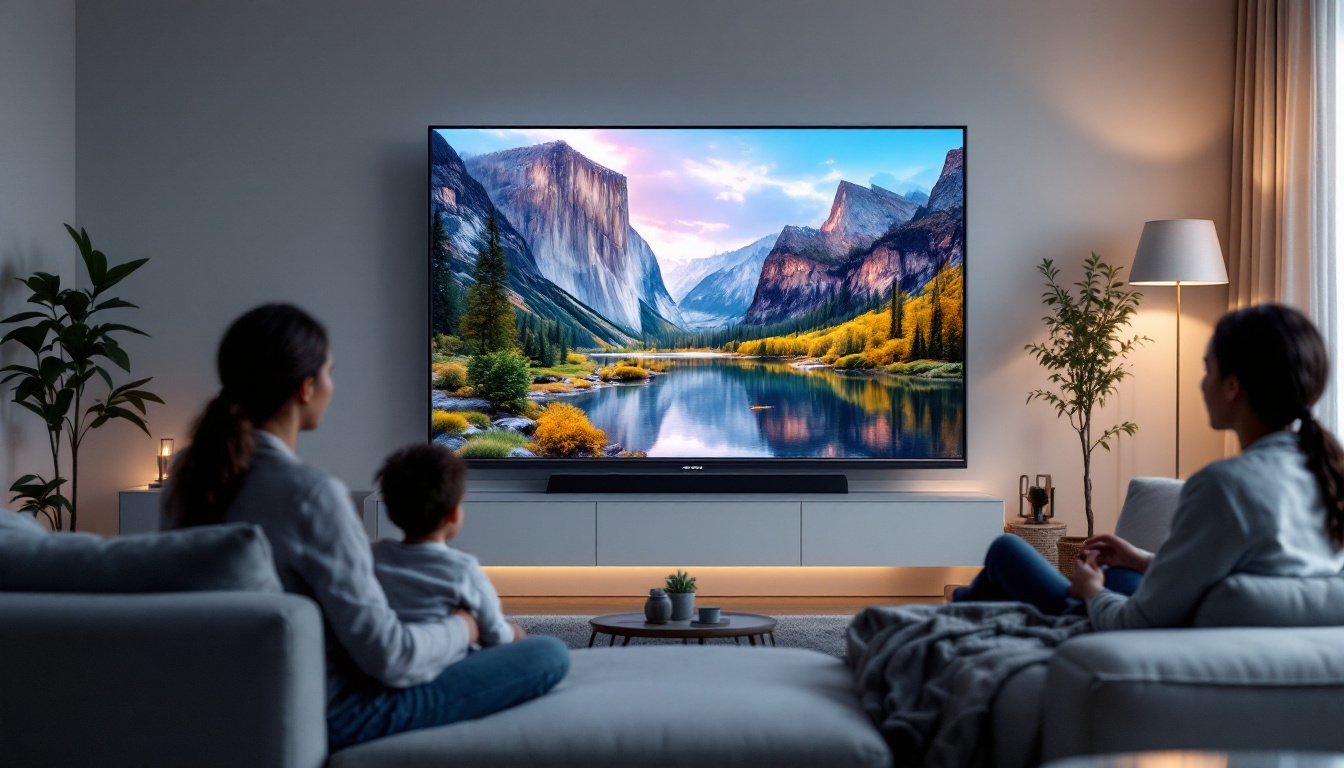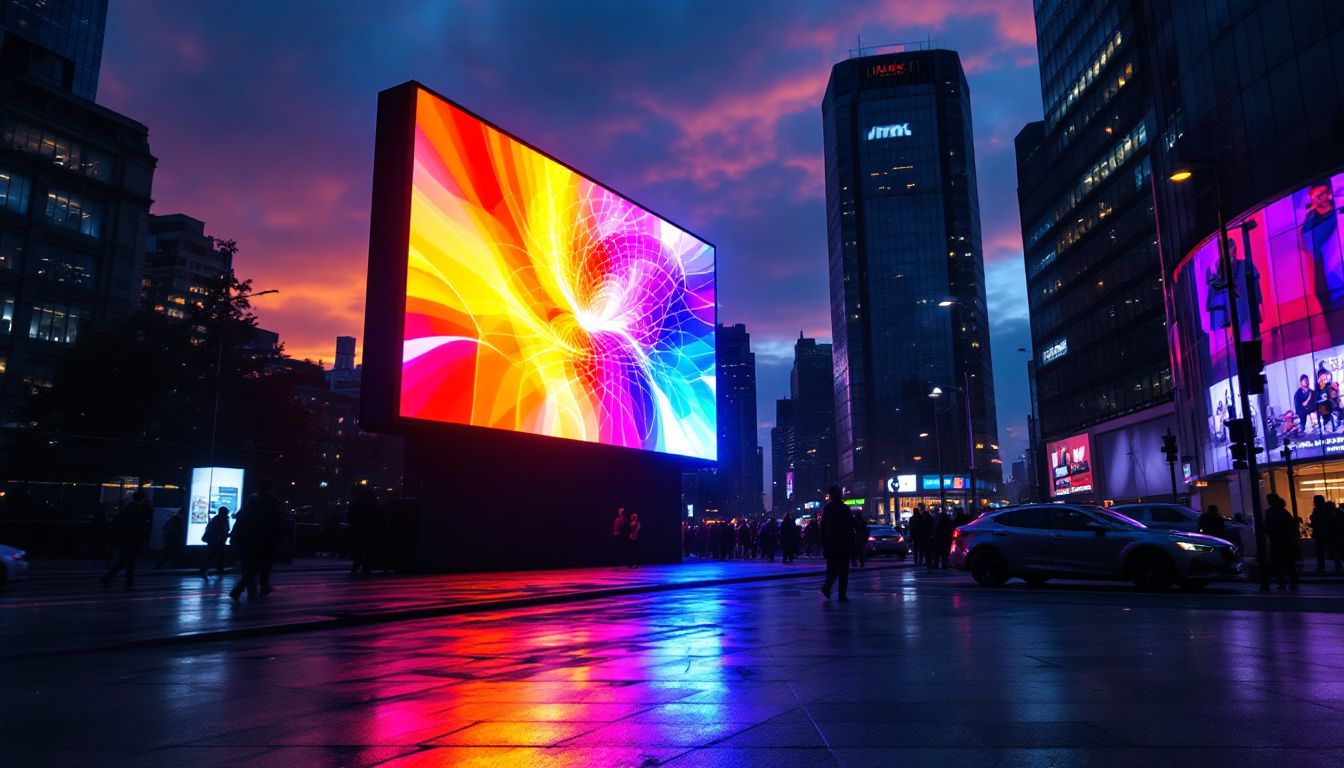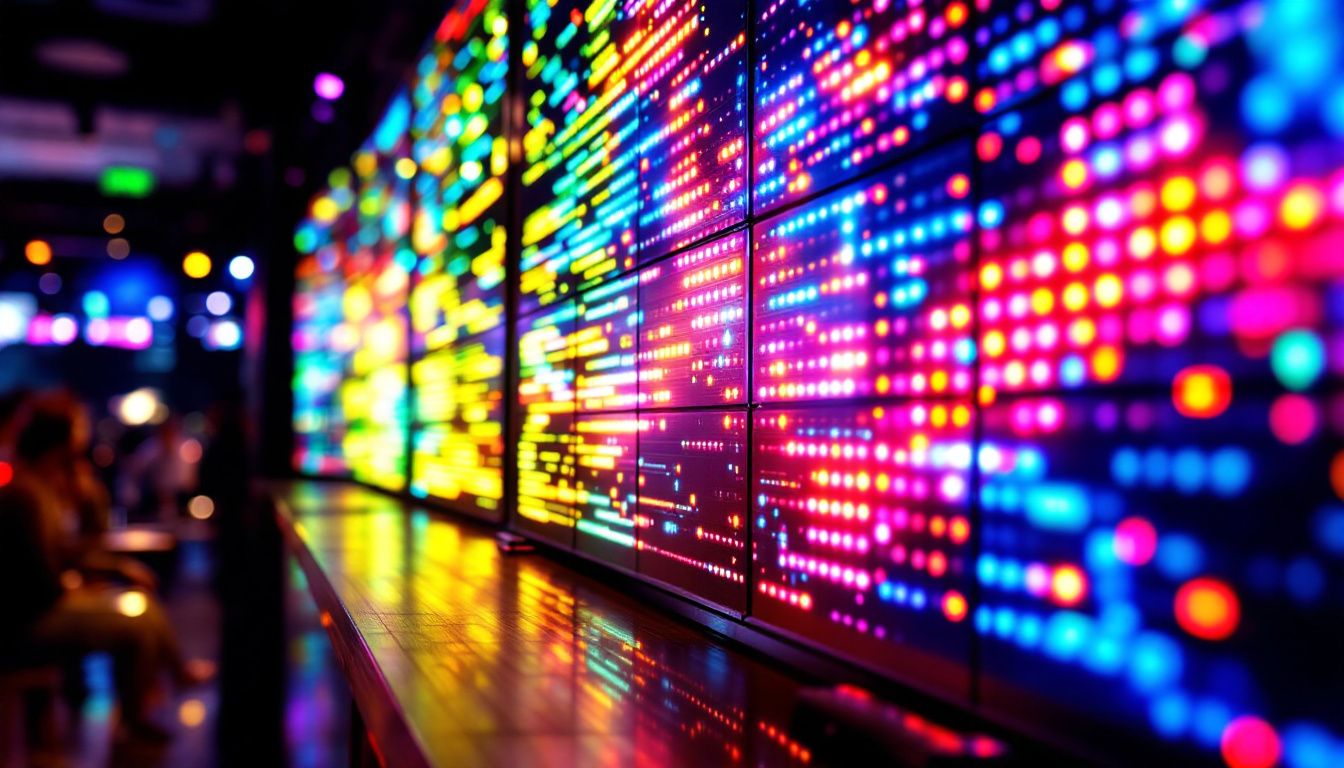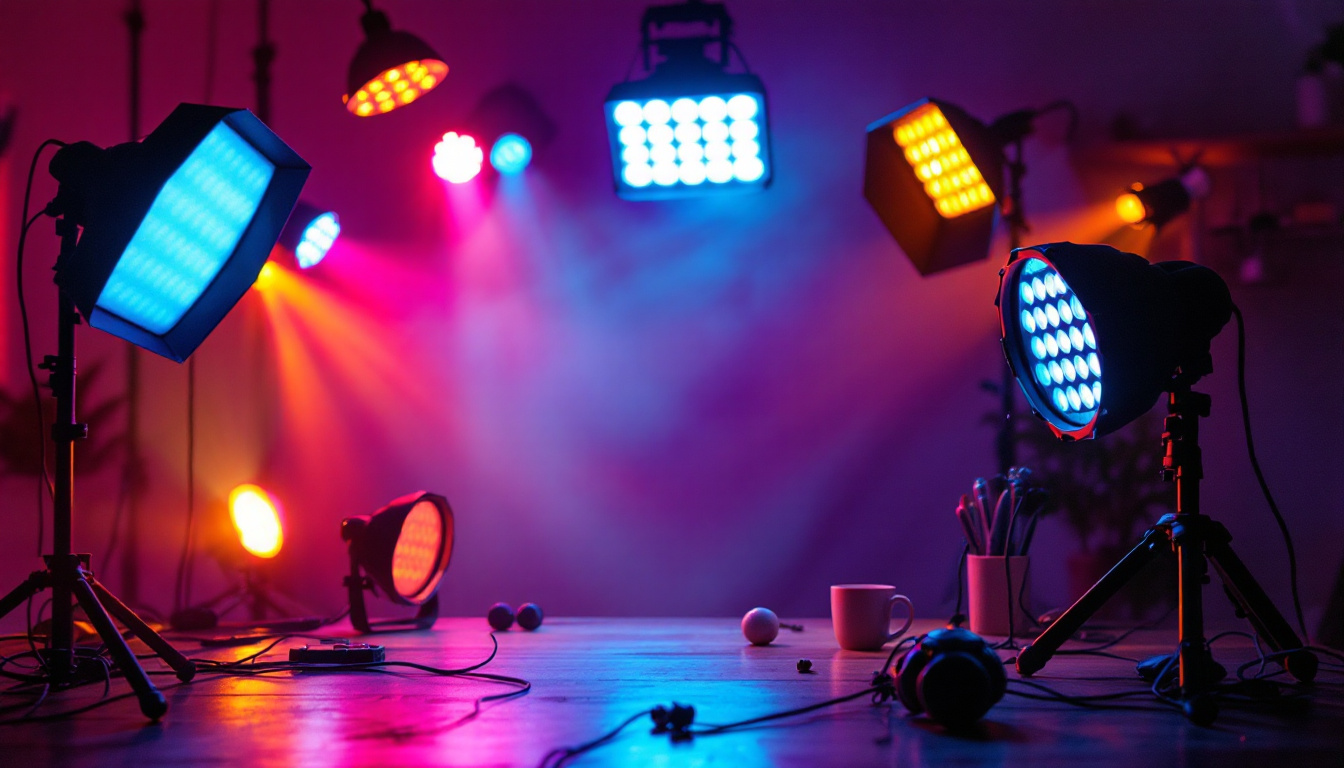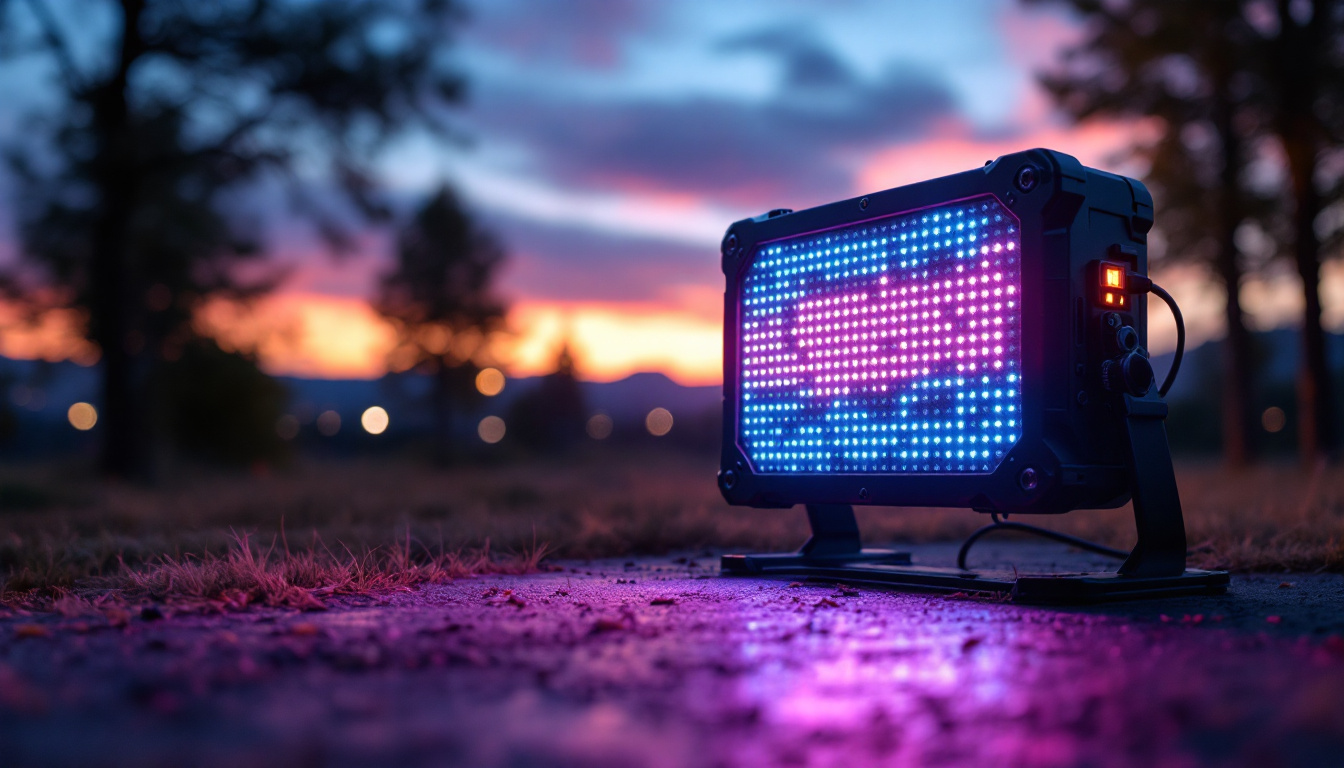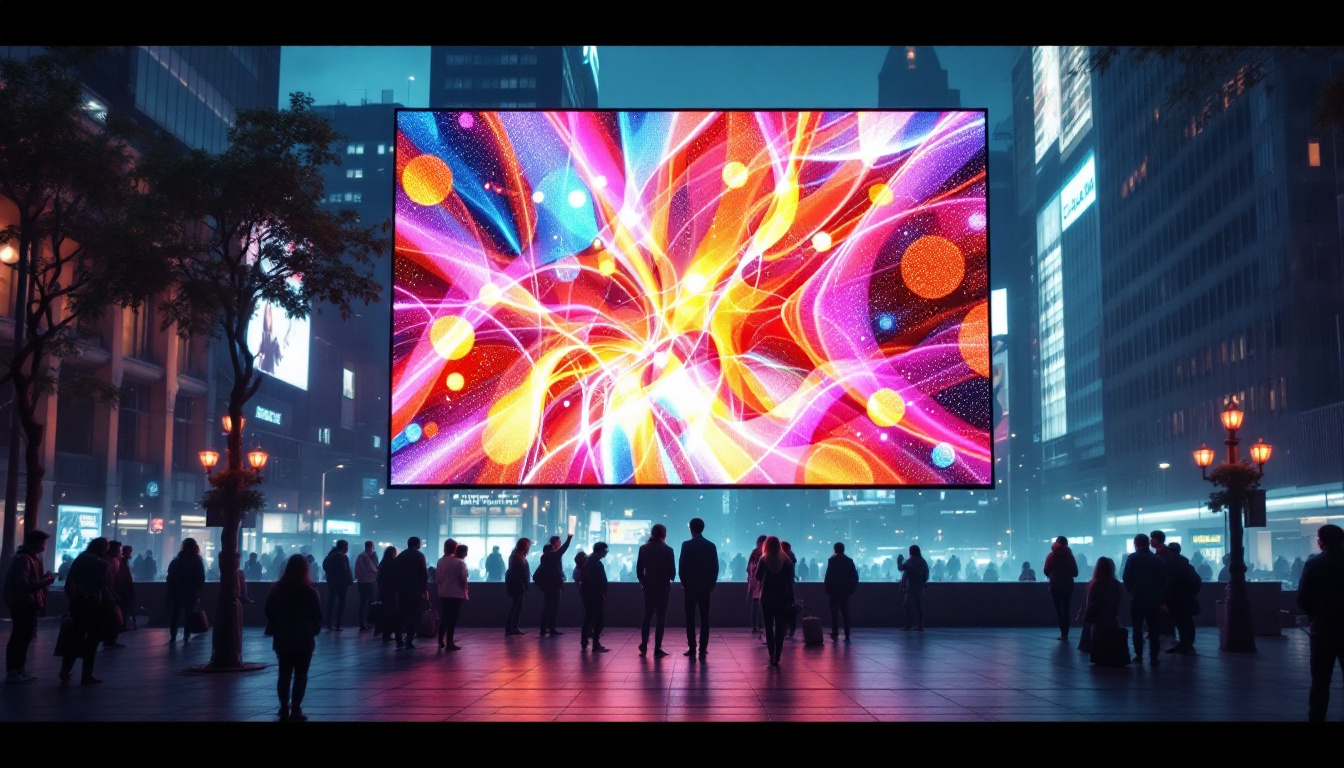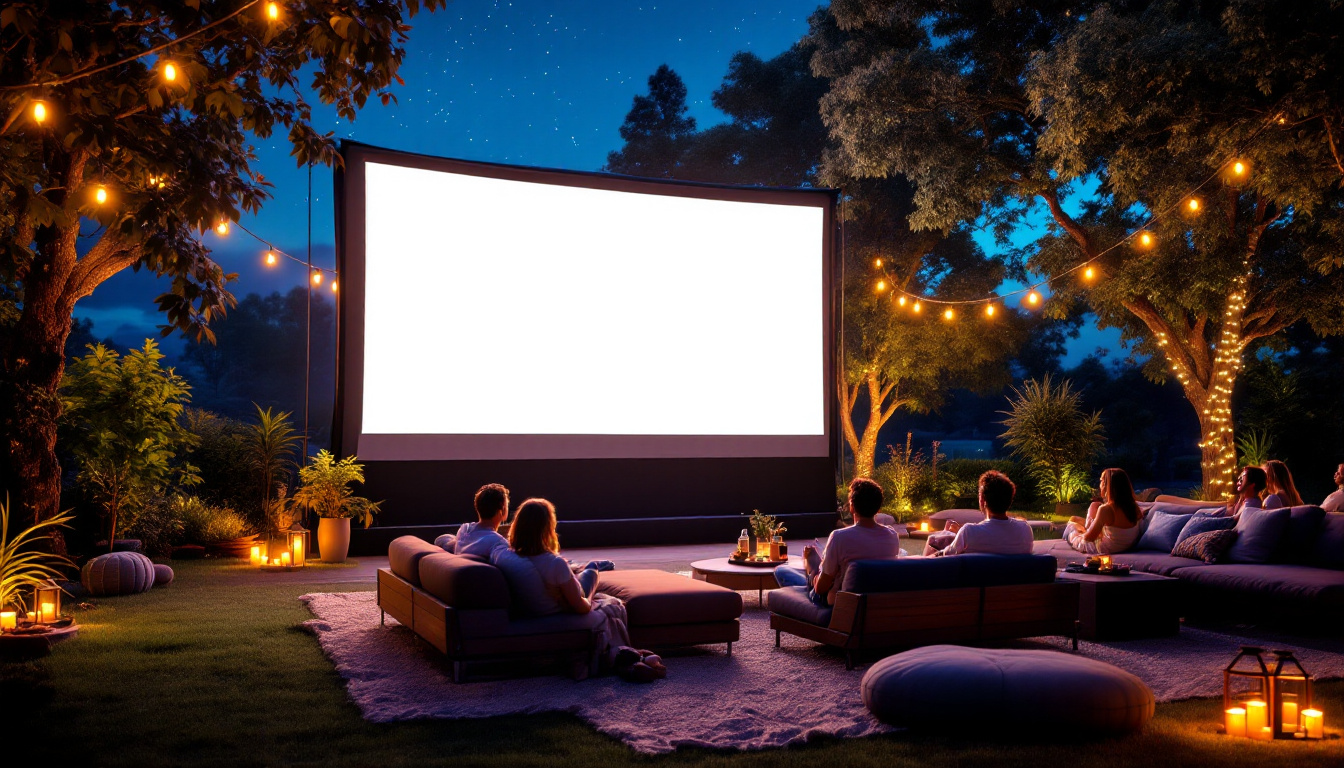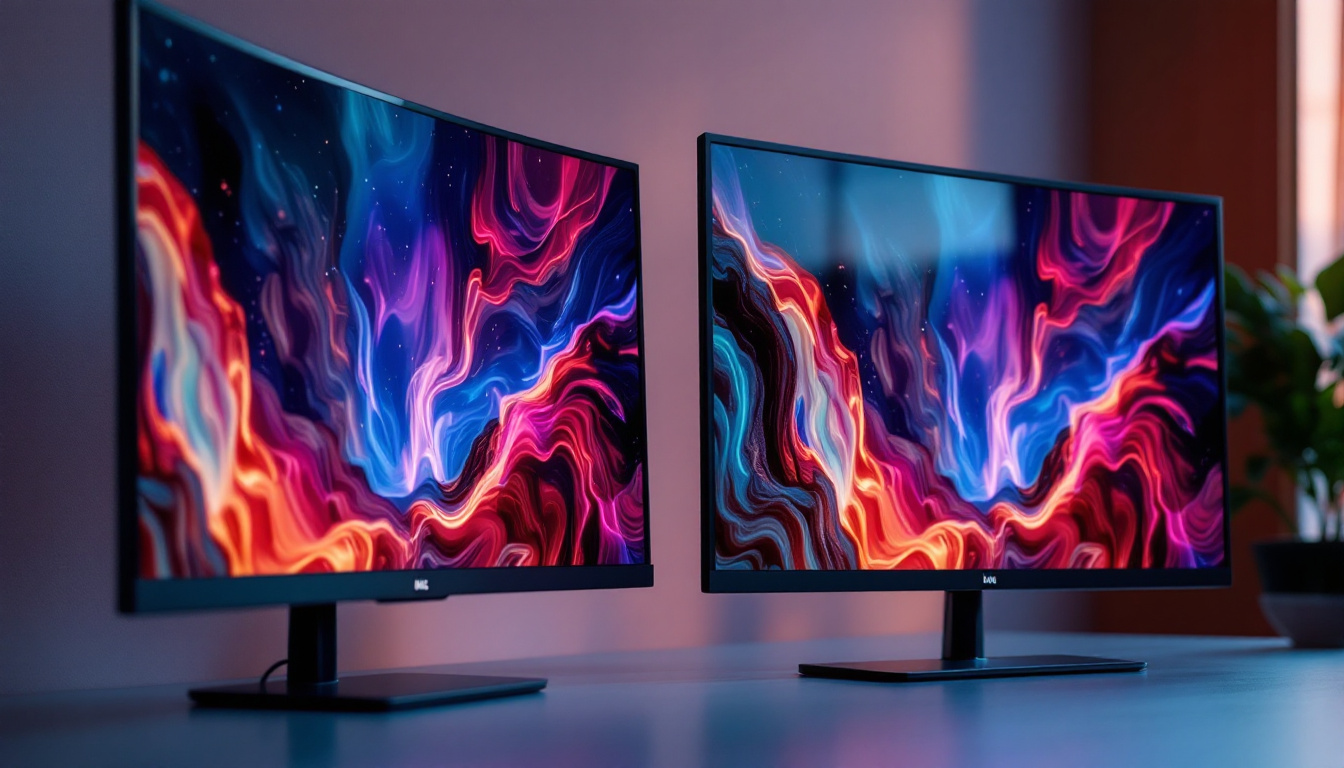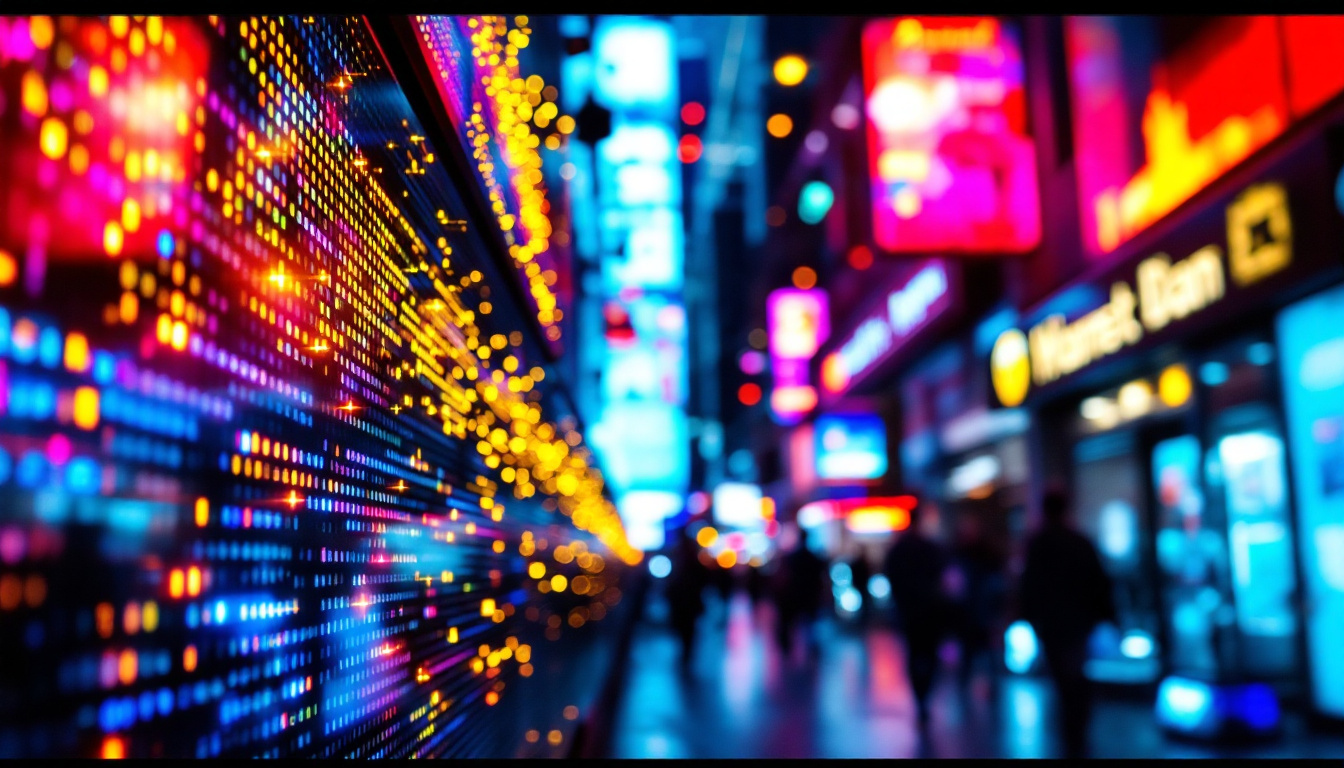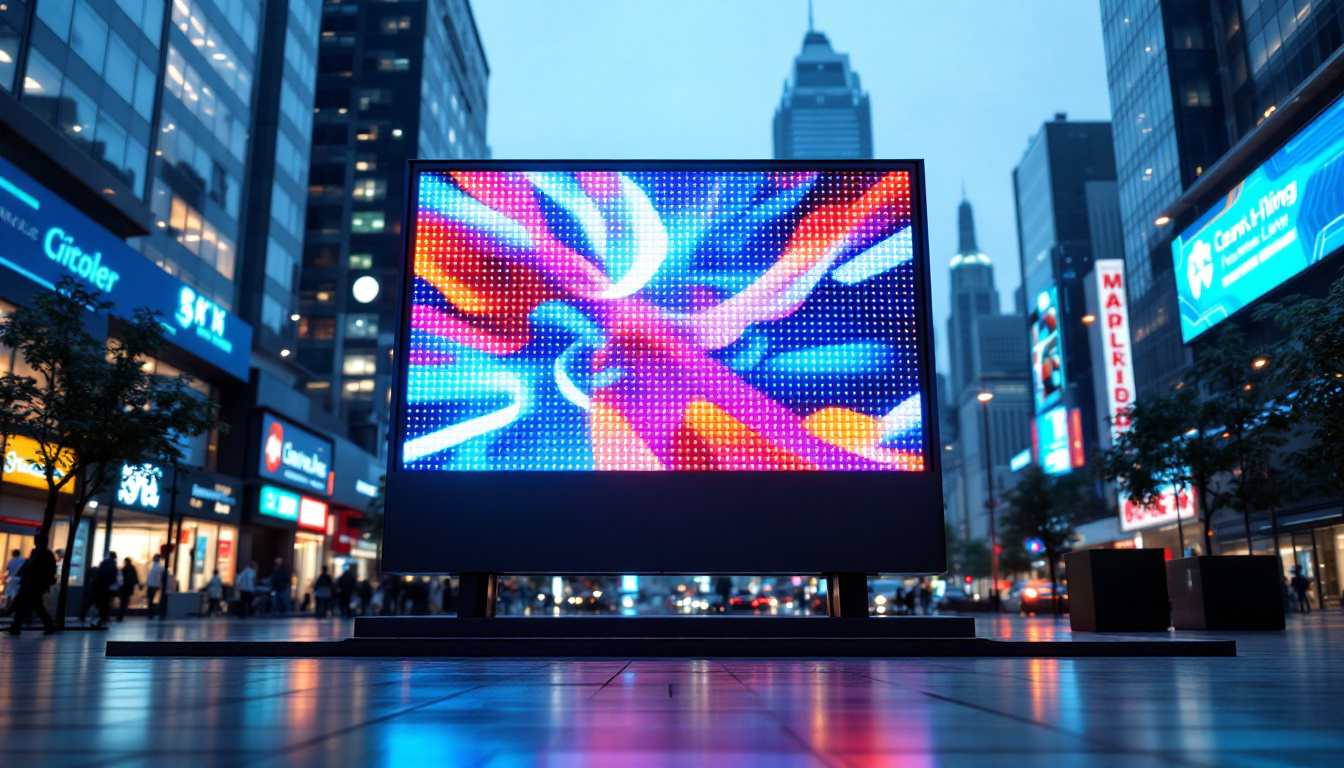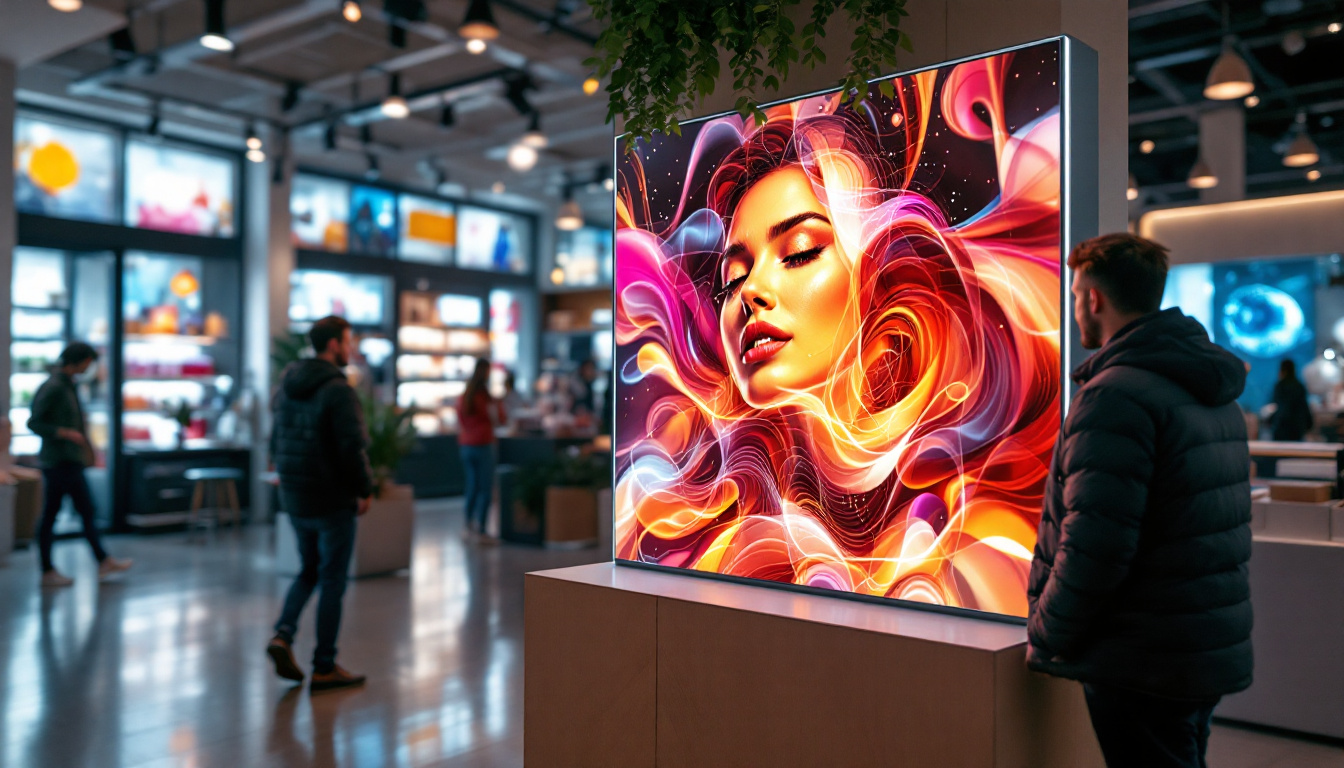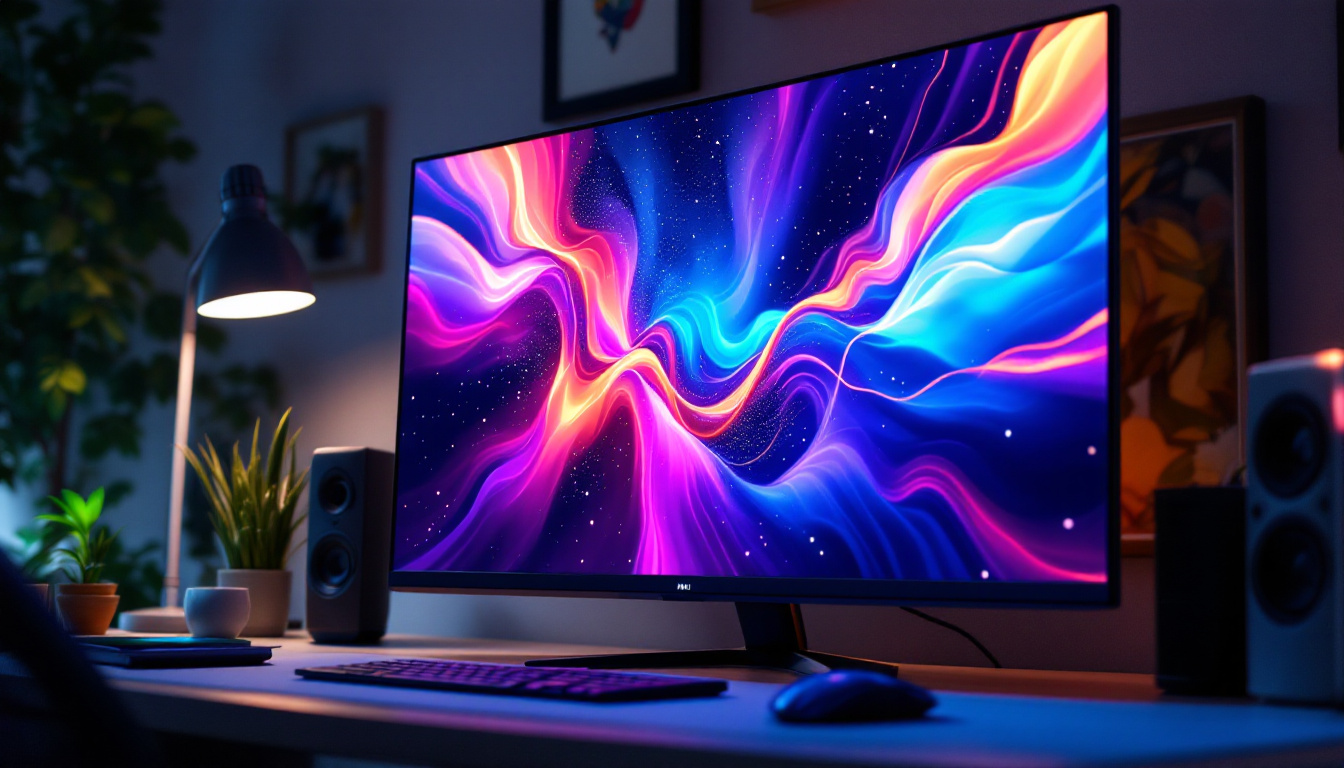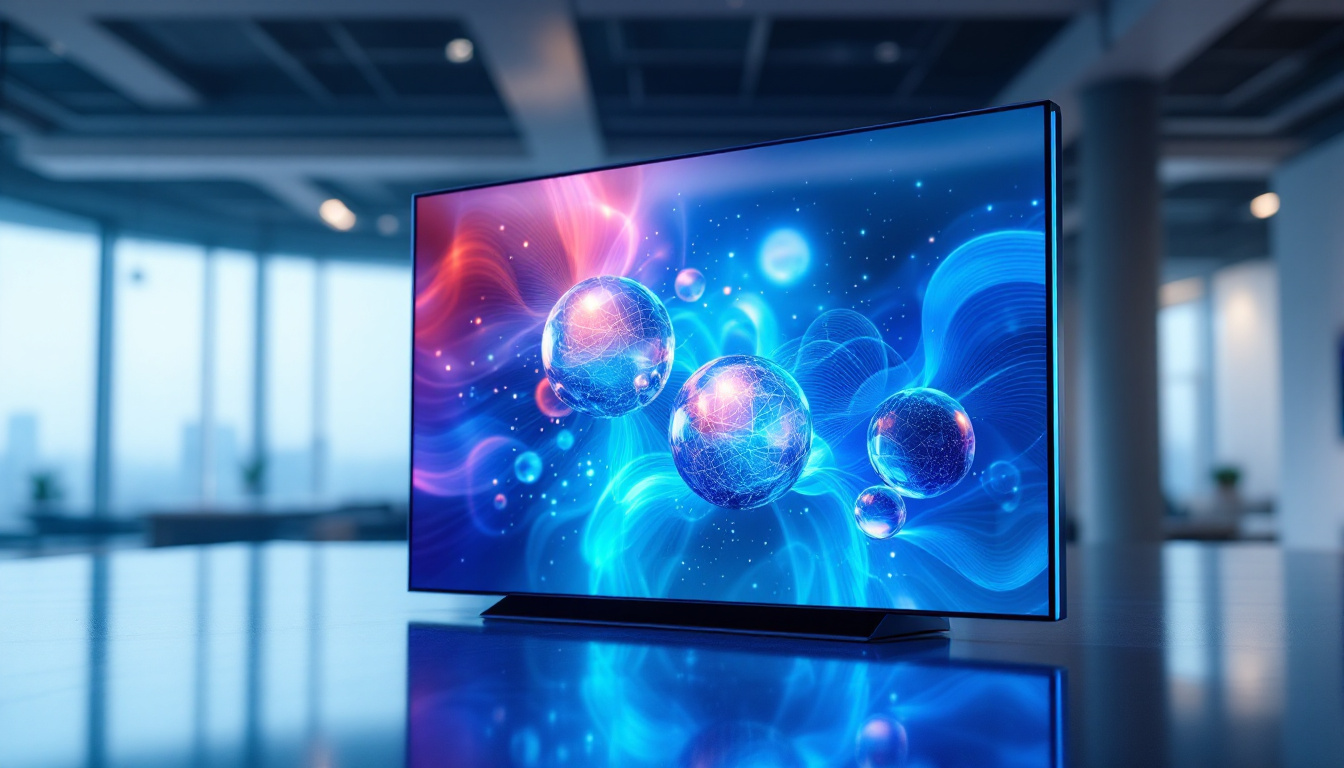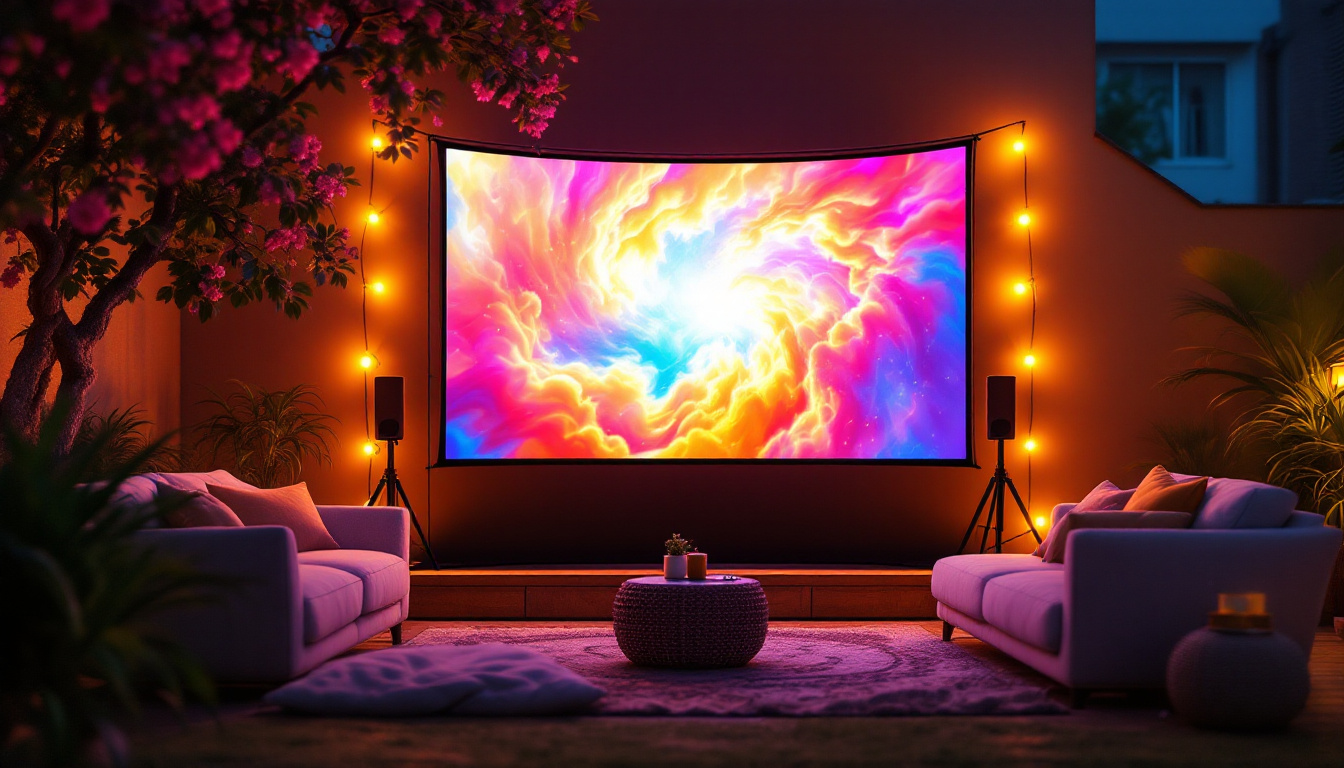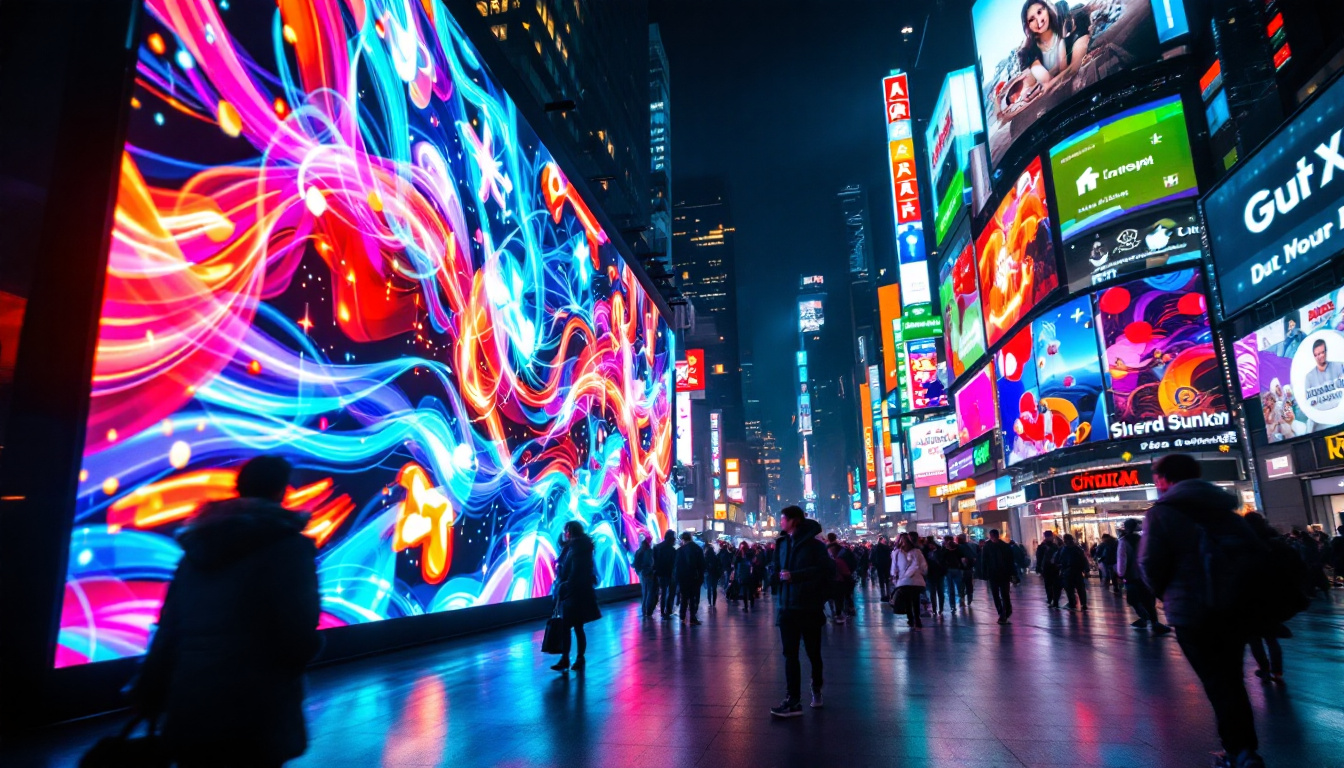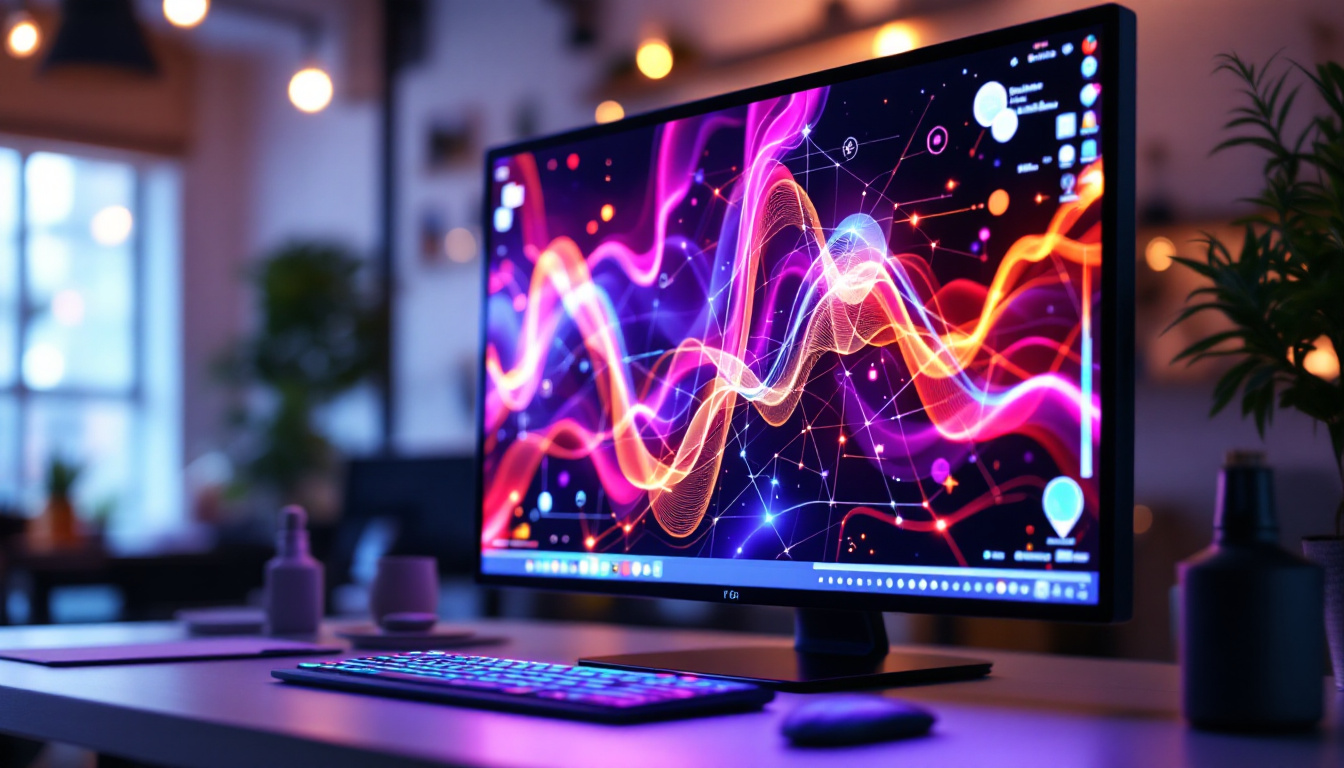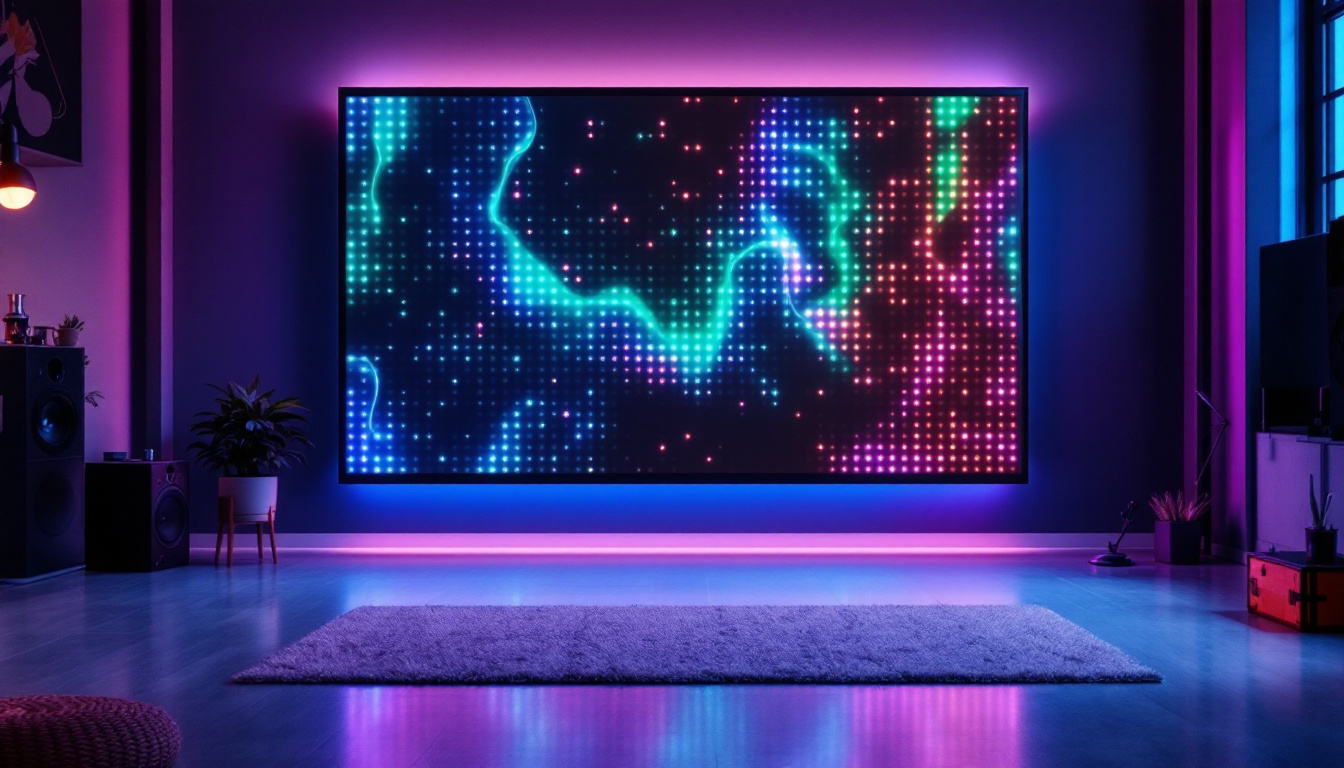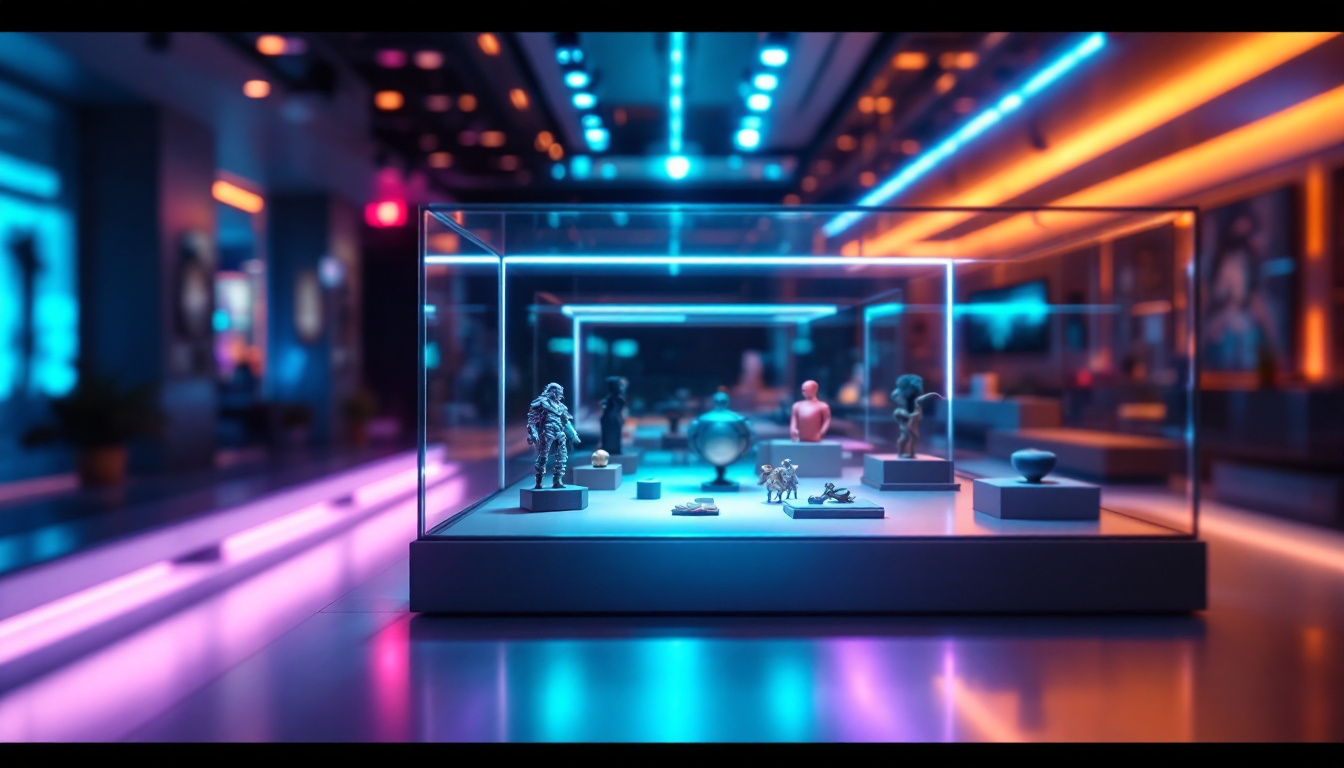In today’s digital age, LED displays have become ubiquitous, serving various purposes from advertising to personal use. Understanding the dimensions and specifications of these displays is crucial for making informed decisions. One common question that arises is the conversion of measurements, particularly how many inches are in 1.5 meters. This article delves into this conversion and explores the implications for LED displays.
Understanding the Basics of Measurement Conversion
Before diving into the specifics of LED displays, it is essential to grasp the fundamentals of measurement conversion. The metric system, which includes meters, is widely used around the world, while the imperial system, which includes inches, is primarily used in the United States.
The Metric System vs. The Imperial System
The metric system is based on units of ten, making it straightforward for calculations. In contrast, the imperial system can be less intuitive due to its varied units and conversions. For instance, converting meters to inches requires a specific conversion factor, which is crucial for anyone working with measurements. This complexity can lead to errors in fields such as engineering, construction, and design, where precision is paramount.
Moreover, the metric system is not only easier for mathematical operations but also offers a universal standard that facilitates international collaboration. Scientists, engineers, and manufacturers often prefer the metric system for its simplicity and consistency, which is particularly important in global markets where products must meet various regulatory standards. Understanding these differences can enhance communication and efficiency in projects that span multiple countries.
To convert meters to inches, one must remember that 1 meter is equivalent to approximately 39.37 inches. Therefore, when converting 1.5 meters to inches, the calculation becomes straightforward: multiply 1.5 by 39.37.
Calculating the Conversion
To find out how many inches are in 1.5 meters, the calculation is as follows:
1.5 m × 39.37 in/m = 59.055 in
This means that 1.5 meters is approximately 59.06 inches. Understanding this conversion is vital, especially when selecting LED displays, as dimensions are often listed in both metric and imperial units. For instance, a manufacturer might specify the size of an LED screen in centimeters, while a retailer in the U.S. might provide the same information in inches. This discrepancy can lead to confusion if one is not adept at making these conversions.
Additionally, it is important to note that the precision of your measurements can significantly impact the outcome of your projects. In many cases, rounding off numbers can lead to cumulative errors, especially in large-scale installations or when multiple components are involved. Therefore, maintaining accuracy in conversions not only aids in selecting the right size for LED displays but also ensures that all elements of a project fit together seamlessly, enhancing both functionality and aesthetic appeal.
The Importance of Size in LED Displays
When it comes to LED displays, size matters significantly. The dimensions of a display can affect its visibility, usability, and overall effectiveness. Whether for commercial advertising or personal use, selecting the right size is essential.
Visibility and Distance
The size of an LED display directly influences its visibility. Larger displays are often required for outdoor advertising, where viewers may be at a distance. Conversely, smaller displays are more suitable for indoor settings, where viewers are closer.
For example, a 1.5-meter display can be ideal for medium-range visibility, making it suitable for storefronts or trade shows. Understanding the conversion to inches helps stakeholders visualize the size better, especially in regions where imperial measurements are the norm. Additionally, factors such as ambient light conditions can also play a role in how effectively a display can be seen from afar. In bright sunlight, larger displays with higher brightness levels are necessary to ensure that the content remains legible, while in dimmer environments, smaller displays can suffice without overwhelming the viewer.
Aspect Ratio Considerations
In addition to size, the aspect ratio of an LED display is another critical factor. The aspect ratio defines the relationship between the width and height of the display. Common ratios include 16:9 and 4:3, which are often used in televisions and monitors.
Choosing the right aspect ratio is essential for ensuring that content is displayed correctly without distortion. For instance, a 1.5-meter display with a 16:9 aspect ratio will have different width and height measurements than one with a 4:3 ratio, impacting how the display fits into a given space. Furthermore, the choice of aspect ratio can affect the type of content that is most effectively showcased. For example, a 16:9 display is ideal for video content, providing a cinematic feel, while a 4:3 display may be better suited for presentations or images that require a more traditional format. This consideration becomes particularly important in environments such as conference rooms or exhibition spaces, where the nature of the displayed content can significantly influence audience engagement and retention.
Applications of LED Displays
LED displays are versatile and find applications in various fields. Understanding the specific needs of each application can help determine the appropriate size and type of display.
Commercial Advertising
In commercial settings, LED displays are often used for advertising. Billboards and storefront displays utilize large LED screens to attract customers. The size of these displays is crucial, as they need to be visible from a distance and convey messages quickly and effectively.
For instance, a 1.5-meter display can be effective for smaller storefronts, while larger displays may be necessary for highways or busy intersections. The choice of size and resolution will depend on the viewing distance and the complexity of the content being displayed.
Events and Entertainment
LED displays are also prevalent in events and entertainment. Concerts, sports events, and conferences often utilize large screens to engage audiences. The size of the display can significantly enhance the experience, allowing attendees to see details from afar.
For example, a 1.5-meter LED display may be suitable for smaller venues or stages, while larger events may require multiple displays or larger screens to ensure visibility for all attendees.
Choosing the Right LED Display
Selecting the right LED display involves considering various factors, including size, resolution, and application. Understanding how measurements translate into practical applications can guide decision-making.
Determining the Right Size
When determining the right size for an LED display, it is essential to consider the viewing distance and the content that will be displayed. A display that is too small may not be visible from a distance, while one that is too large may overwhelm the space.
For instance, if a business is considering a 1.5-meter display for an outdoor setting, it should evaluate how far away potential viewers will be. If the display is intended for close viewing, such as in a retail environment, a smaller size may suffice.
Resolution and Pixel Density
Resolution is another critical factor when selecting an LED display. Higher resolution displays offer clearer images and text, which is particularly important for detailed content. Pixel density, measured in pixels per inch (PPI), also plays a role in determining the quality of the display.
For a 1.5-meter display, the resolution should be chosen based on the intended use. If the display is meant for displaying text or intricate graphics, a higher resolution will be necessary to ensure clarity. Conversely, for simple graphics or videos, a lower resolution may be adequate.
Maintenance and Longevity of LED Displays
Once the right LED display has been selected, maintenance and care are crucial for ensuring its longevity. Regular upkeep can prevent issues and extend the life of the display.
Regular Cleaning
Dust and debris can accumulate on LED displays, impacting visibility and performance. Regular cleaning is essential to maintain clarity. Using a soft cloth and appropriate cleaning solutions can help keep the display in optimal condition.
It is advisable to follow the manufacturer’s guidelines for cleaning to avoid damaging the screen. In outdoor settings, more frequent cleaning may be necessary due to exposure to the elements.
Software Updates and Calibration
In addition to physical maintenance, keeping the software up to date is vital for performance. Many LED displays come with software that requires periodic updates to enhance functionality and security.
Calibration is also essential to ensure accurate color representation and brightness. Regularly checking and adjusting settings can help maintain the quality of the display over time.
Future Trends in LED Display Technology
The LED display industry is continually evolving, with advancements in technology leading to new possibilities. Understanding these trends can help businesses and individuals make informed decisions about their display needs.
Increased Resolution and Clarity
As technology advances, the resolution of LED displays continues to improve. Higher pixel densities allow for more detailed images and text, making displays more effective for various applications.
Future displays may also incorporate technologies such as microLED and miniLED, which promise even greater clarity and efficiency. These advancements will enhance the viewing experience and expand the potential uses of LED displays.
Integration with Smart Technology
Another trend is the integration of LED displays with smart technology. Displays that can connect to the internet and integrate with other devices offer greater flexibility and functionality. This can include features such as remote management, content scheduling, and real-time updates.
As businesses seek more efficient ways to engage audiences, smart LED displays will become increasingly popular, providing dynamic content that can be easily updated and tailored to specific audiences.
Conclusion
Understanding the conversion of measurements, such as how many inches are in 1.5 meters, is crucial for selecting the right LED display. The size, resolution, and application of the display all play significant roles in its effectiveness.
As technology continues to advance, the possibilities for LED displays are expanding. By staying informed about trends and best practices, businesses and individuals can make the most of their display investments, ensuring they meet their needs effectively.
Ultimately, whether for commercial advertising or personal use, the right LED display can enhance visibility, engagement, and overall experience. Understanding the dimensions and specifications is the first step in making an informed choice.
Discover the Perfect LED Display with LumenMatrix
Ready to elevate your visual experience? LumenMatrix offers a comprehensive range of LED display solutions tailored to your unique needs. From captivating Indoor LED Walls to dynamic Outdoor Displays and innovative Custom Solutions, our cutting-edge technology is designed to make your message shine. Don’t settle for less—enhance your brand’s visibility and engage your audience like never before. Check out LumenMatrix LED Display Solutions today and transform your visual communication with clarity and impact.

